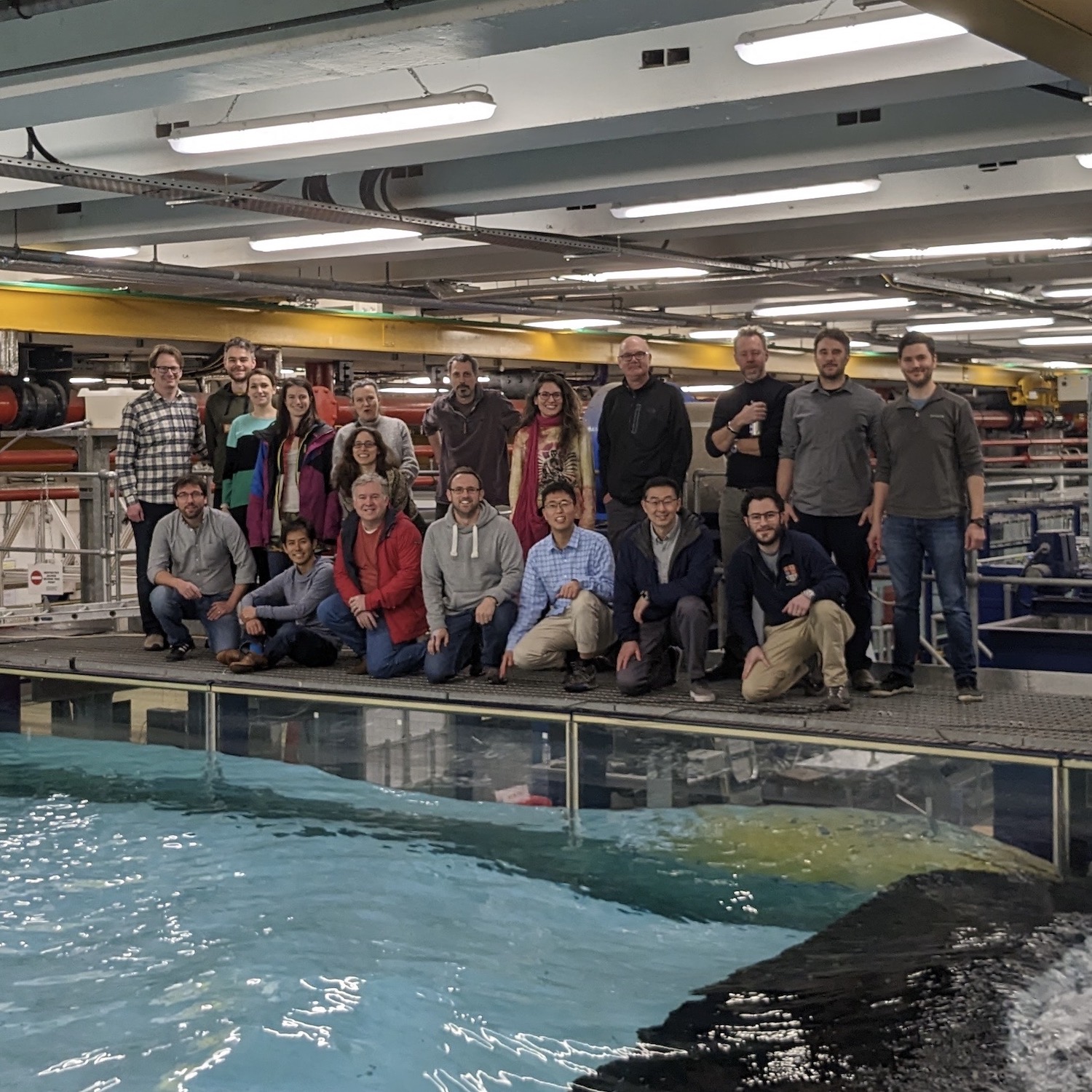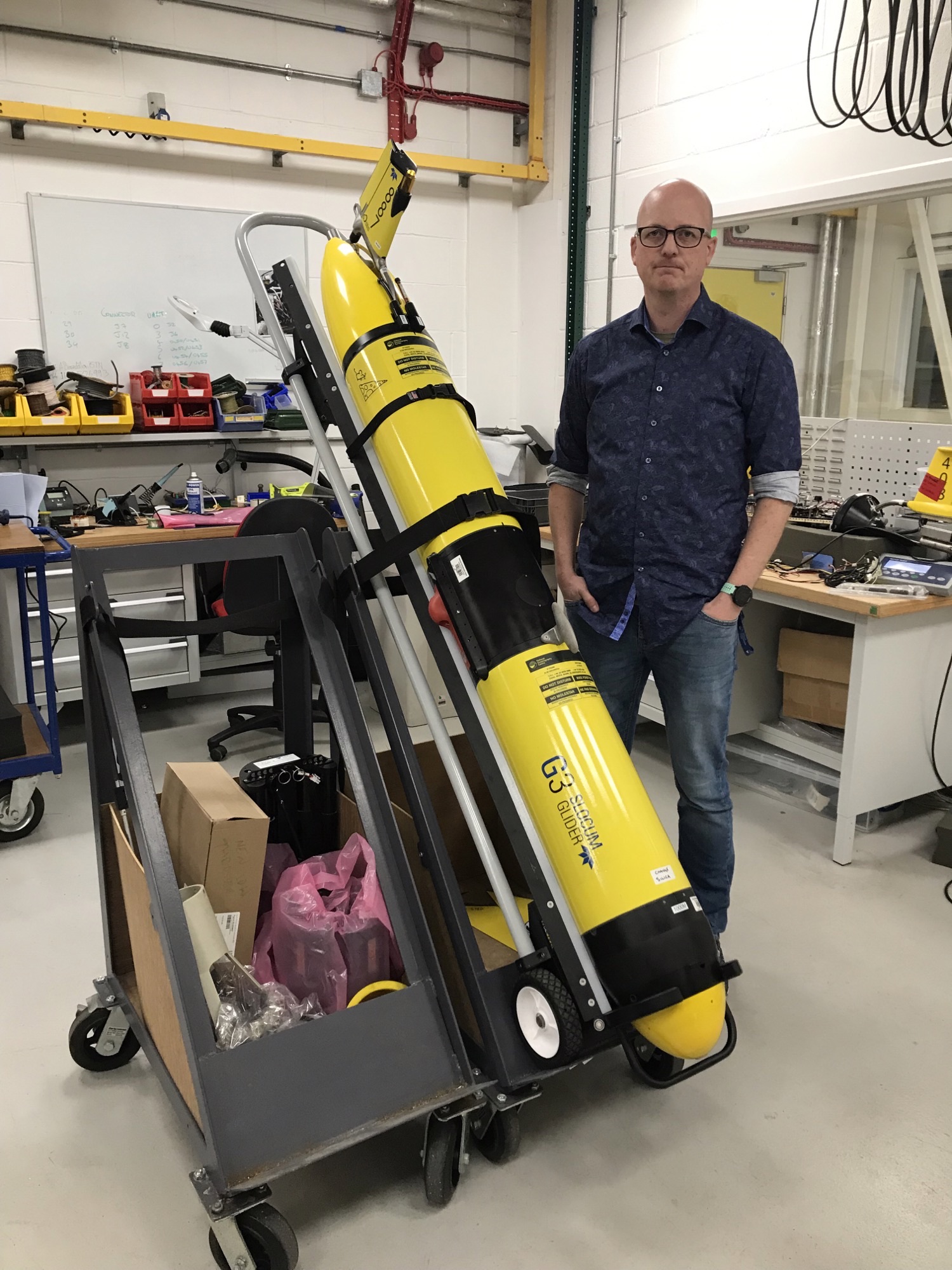Connecting with International Ocean Observing Networks
The Ocean Observatories Initiative (OOI) Program Management Office Principal Investigator Jim Edson is taking OOI data on the road to maximize use of OOI data and build partnerships, wherever feasible. “My intent in making presentations to ocean observing networks around the globe is to help spread the word about OOI so that users take full advantage of the wealth of data being collected.”
Since the beginning of the year, Edson has made presentations at annual meetings of the American Meteorological Society (AMS) in Denver and at the Partnership for Observation in the Global Ocean (POGO) in Toulon, France. In early March, he presented and led discussions at a US CLIVAR sponsored workshop in Boulder, before heading to the UK in late March to follow up on connections he made while representing OOI at COP 27.
AMS was a natural for Edson, a meteorologist, who has been an AMS fellow since 2020. He discussed with colleagues there, the many ways that OOI data are being used to constrain air-sea fluxes, including real-life examples of advances in the accuracy of surface fluxes and improved bulk parameterizations.

Next up was the annual meeting of POGO, where Edson represented both OOI and the Woods Hole Oceanographic Institution where Edson is a Senior Scientist. At POGO, Edson presented an overview of the surface variable, oceanographic, and biogeochemical data collected by the OOI arrays, which researchers are using to advance understanding of the changing ocean. He included examples of research being conducted at the global, coastal and regional arrays. For example, Edson provided a brief description of how OOI data are being used to improve the Coupled Ocean and Atmosphere Experiment (COARE) bulk flux algorithm using a growing global array of momentum and heat fluxes.
March started with another invited presentation to US Climate Variability and Predictability Program (CLIVAR). US CLIVAR is a national research program that fosters understanding and prediction of climate variability with an emphasis on the role of the ocean and its interaction with other elements of the Earth. While there, Edson presented possible OOI data contributions to ongoing modeling efforts. He also described how existing OOI infrastructure could be leveraged in upcoming US CLIVAR field programs.
Edson wrapped up his travels with a visit the United Kingdom to give OOI talks, engage with staff, and participate in tours of the facilities with colleagues from the National Oceanography Centre (NOC) in Southampton and the Plymouth Marine Laboratory (PML) in Plymouth. In between, he participated in a Gas Exchange Workshop at Imperial College in London where he described the CO2 and pH data being collected by OOI to his colleagues. He used these COP-27-inspired visits to build relationships and explore collaborations with international partners, with the goal of expanding use of OOI data in cutting-edge research and sharing lessons learned with these ocean-observing institutions.
“As a large facility funded by the NSF and an endorsed project of the UN Decade for Ocean Science and Sustainability, the OOI is perfectly positioned to make a difference by sharing our wealth of data to answer pressing issues about the state of the ocean,” said Edson. “I am committed to doing all that I can to help realized OOI’s maximum contribution during this critical time for our planet.”



